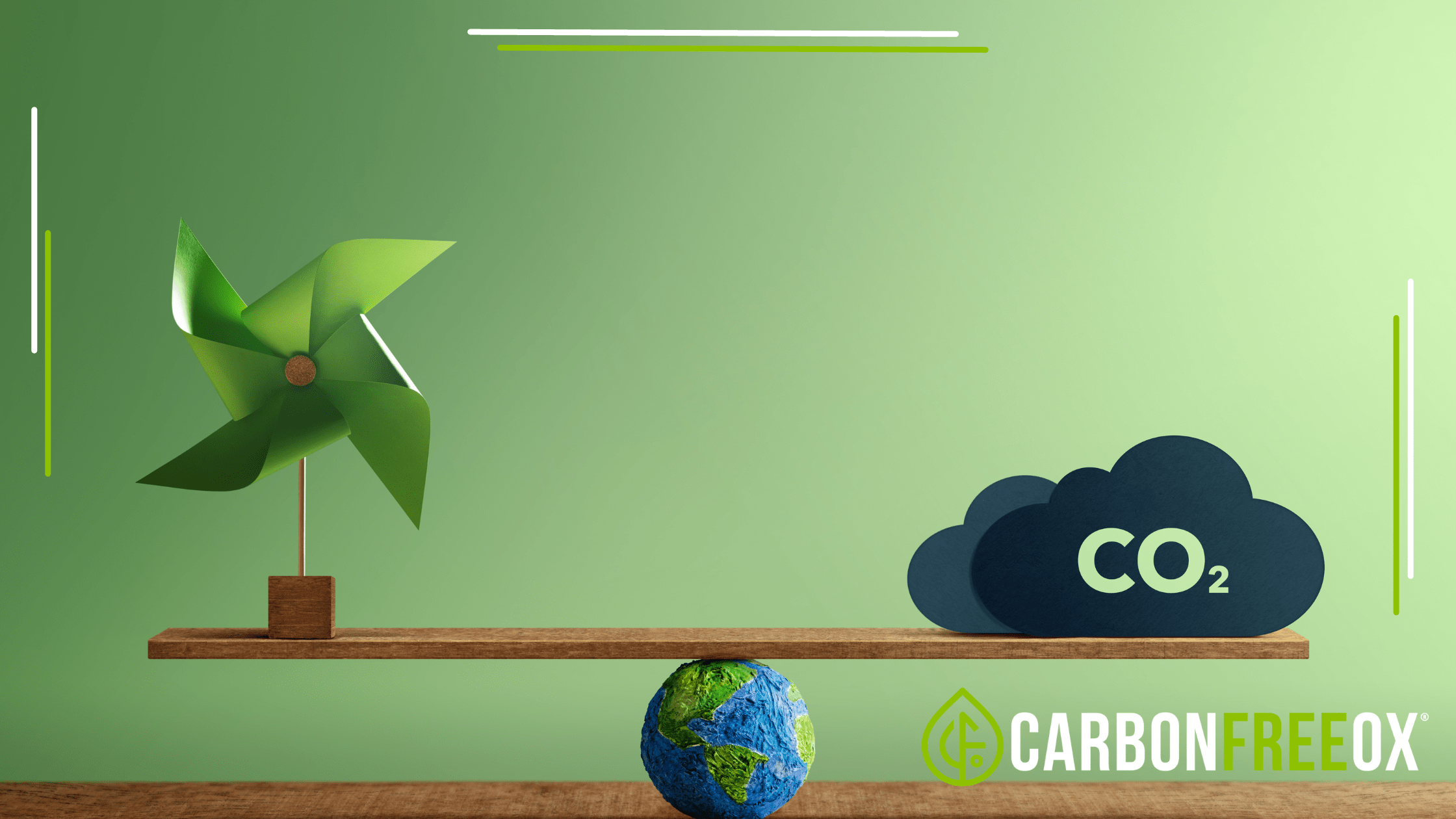The Future Of Clean Energy: Overcoming Current Obstacles

Table of Contents
The Intermittency Challenge of Renewable Energy Sources
One of the most significant challenges facing the future of clean energy is the intermittency of renewable sources like solar and wind power.
Solar and Wind Power Variability
The inherent variability of solar and wind energy presents a substantial challenge to grid stability. Sunlight and wind are not consistently available, leading to fluctuations in power generation. This inconsistency can disrupt the delicate balance of electricity supply and demand, potentially leading to blackouts or other grid instability issues.
- Energy storage solutions are crucial to mitigate this problem. Advancements in battery technology, such as lithium-ion and flow batteries, are vital for storing excess energy generated during peak production periods and releasing it when needed.
- Pumped hydro storage, a well-established technology, remains a significant player, although its geographical limitations need consideration.
- Smart grids, incorporating advanced sensors and control systems, can optimize energy distribution and better manage fluctuations in renewable energy generation.
- Demand-side management strategies, encouraging consumers to shift their energy consumption to off-peak hours, can also help balance supply and demand.
Technological Advancements in Energy Storage
Fortunately, significant progress is being made in energy storage technologies. The cost of battery storage has dramatically decreased in recent years, making it increasingly viable for large-scale grid integration.
- Innovative technologies like solid-state batteries promise even higher energy density and improved safety.
- Advanced pumped hydro systems are being developed to improve efficiency and reduce environmental impact.
- Other emerging storage solutions, such as compressed air energy storage and thermal energy storage, are also showing promise. Further research and development are key to improving their cost-effectiveness and scalability.
Infrastructure Limitations and Deployment Costs
The transition to a clean energy future requires significant investment in new infrastructure and a substantial reduction in the cost of clean energy technologies.
Building the Necessary Infrastructure
Widespread adoption of renewable energy necessitates substantial investments in new infrastructure. This includes:
- Expanding transmission lines: Renewable energy sources are often located far from population centers, requiring the construction of new high-voltage transmission lines to transport electricity efficiently.
- Modernizing distribution networks: Existing electricity grids need upgrading to handle the intermittent nature of renewable energy sources and accommodate decentralized generation.
- Deploying electric vehicle (EV) charging stations: The increasing popularity of EVs requires a significant expansion of public charging infrastructure.
However, building this infrastructure faces numerous challenges, including land acquisition difficulties, navigating complex regulatory processes, and securing public acceptance for new energy projects.
Reducing the Costs of Clean Energy Technologies
The cost of clean energy technologies, particularly solar and wind power, has fallen dramatically in recent years. However, further cost reductions are necessary for widespread adoption. This can be achieved through:
- Economies of scale: Mass production and increased competition can significantly reduce the cost of manufacturing solar panels and wind turbines.
- Government subsidies and tax incentives: Targeted government support can accelerate the deployment of clean energy technologies and stimulate innovation.
- Technological innovation: Continuous research and development efforts are essential to improve the efficiency and reduce the cost of existing technologies and develop new, more cost-effective solutions.
Policy and Regulatory Hurdles
Supportive government policies and efficient regulatory processes are crucial for accelerating the clean energy transition.
The Role of Government Policies
Effective government policies are essential for driving the adoption of clean energy. These include:
- Renewable energy mandates: Regulations requiring a certain percentage of electricity generation from renewable sources can stimulate investment and deployment.
- Carbon pricing mechanisms: Putting a price on carbon emissions, through carbon taxes or cap-and-trade systems, can incentivize businesses and consumers to reduce their carbon footprint and adopt cleaner energy sources.
- Tax credits and subsidies: Financial incentives can make clean energy technologies more affordable and attractive to investors and consumers.
Navigating Regulatory Processes
Obtaining permits and approvals for renewable energy projects can be a lengthy and complex process. Streamlining regulatory procedures is vital to accelerate project development. This includes:
- Improving transparency and efficiency in permitting systems: Clear guidelines and timelines can reduce delays and uncertainty.
- Simplifying environmental impact assessments: Streamlining environmental reviews without compromising environmental protection can expedite project approvals.
Public Perception and Acceptance
Public perception and acceptance are crucial for the successful deployment of clean energy projects.
Addressing Public Concerns
Addressing public concerns about clean energy is essential for gaining widespread support. Common concerns include:
- Visual impacts: Concerns about the aesthetic impact of wind turbines or solar farms can be addressed through careful siting and design.
- Environmental impacts: Potential negative impacts on wildlife and ecosystems need to be thoroughly assessed and mitigated. Effective communication can highlight the overall environmental benefits of renewable energy.
Promoting Public Engagement
Involving communities in the planning and development of clean energy projects fosters trust and acceptance. This includes:
- Holding public consultations and forums: Providing opportunities for community input can address concerns and build support.
- Creating educational programs: Educating the public about the benefits of clean energy can help dispel misconceptions and promote informed decision-making.
Conclusion
The future of clean energy depends on overcoming significant obstacles related to intermittency, infrastructure, costs, policies, and public perception. Addressing these challenges requires a multifaceted approach involving technological innovation, supportive government policies, and proactive public engagement. By investing in energy storage, modernizing infrastructure, streamlining regulatory processes, and fostering public understanding, we can pave the way for a sustainable energy future. We must all actively participate in this crucial transition. Learn more about clean energy solutions, support policies that promote a clean energy transition, and consider adopting renewable energy solutions in your own life. Together, we can build a brighter, cleaner future powered by sustainable energy.

Featured Posts
-
 Delving Into The World Of Agatha Christies Poirot A Critical Examination
May 20, 2025
Delving Into The World Of Agatha Christies Poirot A Critical Examination
May 20, 2025 -
 Agatha Christies Poirot A Comprehensive Guide
May 20, 2025
Agatha Christies Poirot A Comprehensive Guide
May 20, 2025 -
 Escola Na Tijuca Devastacao Apos Incendio E Reacoes Da Comunidade
May 20, 2025
Escola Na Tijuca Devastacao Apos Incendio E Reacoes Da Comunidade
May 20, 2025 -
 Astkhdam Aldhkae Alastnaey Lihyae Aemal Ajatha Krysty Thlyl Nqdy
May 20, 2025
Astkhdam Aldhkae Alastnaey Lihyae Aemal Ajatha Krysty Thlyl Nqdy
May 20, 2025 -
 U Dzhennifer Lourens Z Yavilasya Druga Ditina Pershi Foto Ta Video
May 20, 2025
U Dzhennifer Lourens Z Yavilasya Druga Ditina Pershi Foto Ta Video
May 20, 2025
Latest Posts
-
 Understanding Michael Strahans Interview Success A Ratings Perspective
May 20, 2025
Understanding Michael Strahans Interview Success A Ratings Perspective
May 20, 2025 -
 The Competitive Edge How Michael Strahan Secured A High Profile Interview
May 20, 2025
The Competitive Edge How Michael Strahan Secured A High Profile Interview
May 20, 2025 -
 Good Morning America Without Michael Strahan The Story Behind His Exit
May 20, 2025
Good Morning America Without Michael Strahan The Story Behind His Exit
May 20, 2025 -
 Michael Strahans Interview Strategy A Case Study In Ratings Success
May 20, 2025
Michael Strahans Interview Strategy A Case Study In Ratings Success
May 20, 2025 -
 Michael Strahan And Good Morning America Understanding His Unexpected Departure
May 20, 2025
Michael Strahan And Good Morning America Understanding His Unexpected Departure
May 20, 2025
